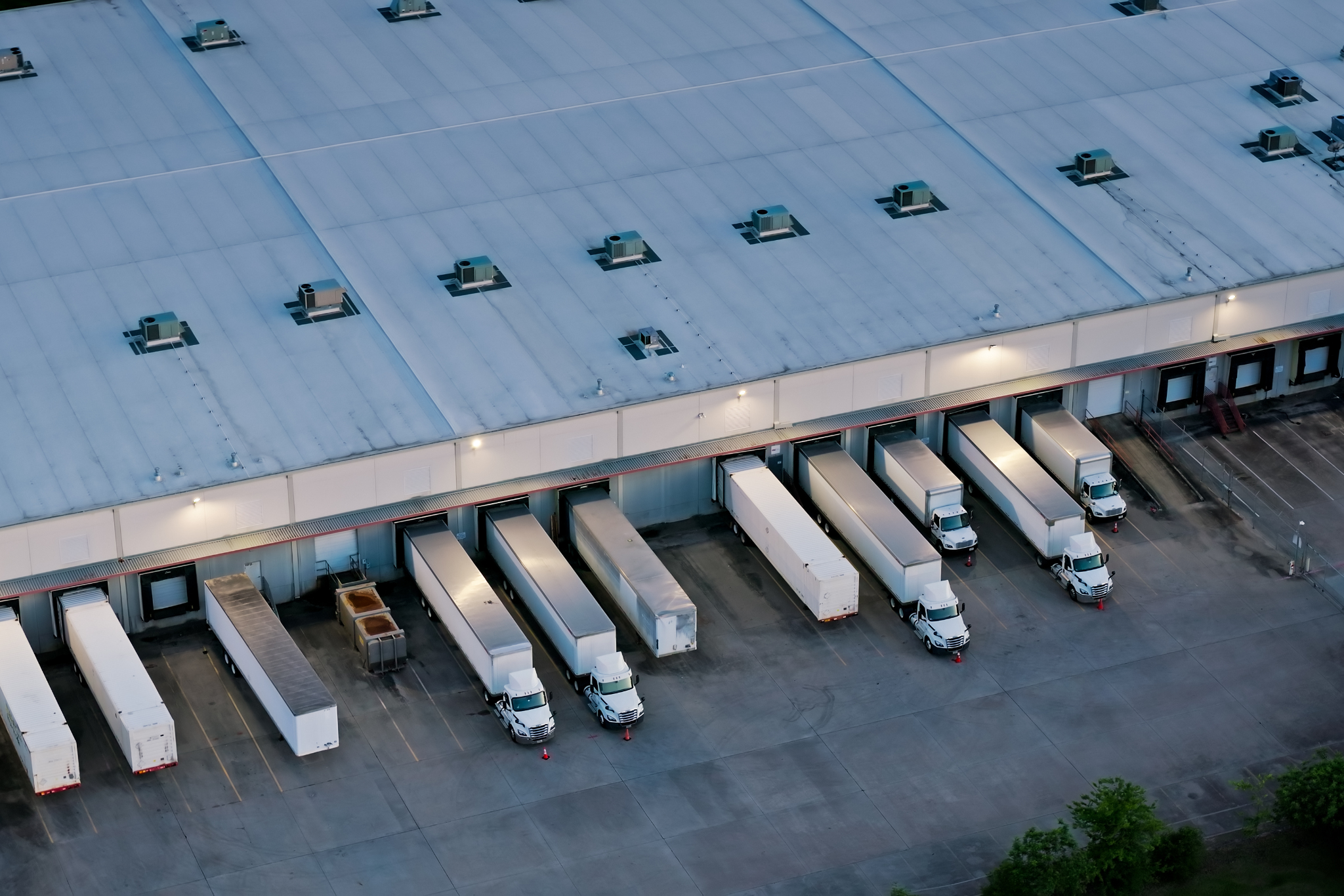
Supply chains have transformed over the last decade amid shifting customer expectations, the rise of e-commerce, and logistics and trade pressures. mer expectations, the rise of e-commerce, and logistics and trade pressures. With these changes comes a new mandate for the Chief Supply Chain Officer (CSCO): driving agility and resilience in global supply chain operations.
The CSCO's role used to be a lot simpler— transporting products from point A to point B with the least amount of difficulty or cost. Today, modern CSCOs must oversee end-to-end global supply chains, evaluate emerging technologies, and implement innovative solutions to meet evolving demands.
Why CSCOs Must Innovate for Supply Chain Success?
When CSCOs do their jobs right, the organizational benefits can be big. A recent survey by Gartner found that 89% of supply chain professionals plan to invest in agility over the next two years, aiming to sense and respond to unanticipated changes without sacrificing cost or quality.
To achieve this, a supply chain officer must be innovative, utilizing modern solutions and trusted business partners to complement in-house capabilities.
Four Traits of a High-Functioning Modern Supply Chain
1: Network Optimization
Instrumental in controlling costs and managing complex operations, network optimization is critical to achieving supply chain success. Not only does an optimized network yield higher profit margins, but it also enhances the overall customer experience.
Steps to Optimize Your Network:
- Conduct capacity analysis.
- Use network modeling and network design tools.
- Align the network with organizational goals to ensure optimal performance during market disruptions.
2: Right-Sized Warehousing
Securing the right amount of warehouse space is a balancing act—you need enough space for seasonal demand spikes without overpaying for excess capacity. A right-sized warehouse strategy improves agility and cost-efficiency.
Steps to Develop a Warehouse Strategy:
- Perform a capacity analysis to identify gaps between existing space and requirements.
- Evaluate options such as relocation, facility expansion, redesign, or partnering with 3PL providers.
- Weigh costs, benefits, and long-term implications to select a strategy that delivers the greatest ROI.
3: Supply Chain Technology
To maintain oversight, CSCOs require visibility at all stages of the supply chain. Choosing the right technology enables true end-to-end visibility and operational efficiency.
How to Select the Right Technology:
- Conduct a comprehensive review of IT system capabilities and operational requirements.
- Prioritize compatibility with existing systems and ROI over upfront cost.
- Choose tools that improve data and product flow while eliminating constraints.
Pro Tip: Avoid feature-heavy platforms that don’t align with your organization’s needs—focus on solutions that provide measurable value.
4: Optimized Labor Strategy
Labor shortages remain a major challenge for supply chain operations. An optimized labor strategy enhances productivity, reduces costs, and ensures flexibility despite labor market constraints.
Potential Strategies Include:
- Reducing dependency on manual labor with automation.
- Relocating operations to less competitive labor markets.
- Balancing labor costs with productivity goals to ensure long-term scalability.
Supply Chain Strategies Are Not One-Size-Fits-All
So where should CSCOs focus their efforts today? Building a resilient supply chain requires a combination of tools, processes, and people working together. It’s not about one single factor—it’s about integrating strategies that drive results for the entire organization.
The team at Tompkins Solutions can help. As a true end-to-end supply chain services firm, we work closely with supply chain leaders to understand their unique business models and identify solutions based on their specific goals and requirements. We are agnostic in our approach, delivering strategies based on the greatest return on investment for your business. Contact us today to learn how we can help your business optimize supply chain operations.
How can we help improve your supply chain operations?
Schedule a consultation or contact Tompkins Solutions for more information.

Featured Posts
Discover valuable resources to enhance your knowledge.





